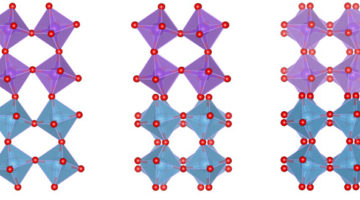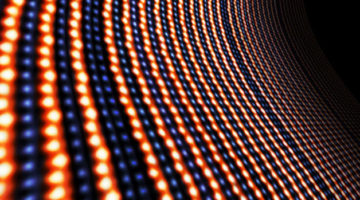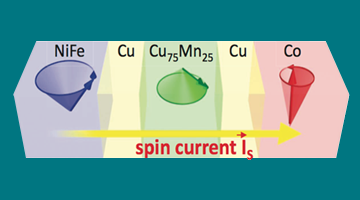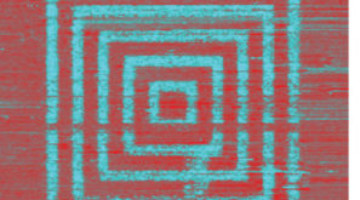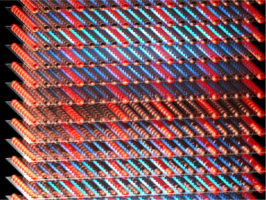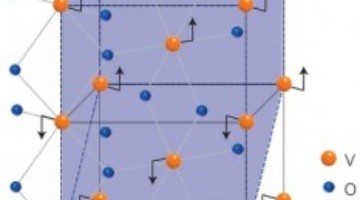Researchers have found a new way to control magnetism at the atomic level that will serve as a model for studying emergent phenomena in other systems. The ability to engineer and tune properties on such small length scales can (eventually) enable us to design exciting new magnetic devices. Read more »
New Multiferroic Material for Ultralow-Power Electronics
Scientists paired ferroelectric and ferrimagnetic materials so that their alignment can be controlled with a small electric field at near room temperatures, a major step in the development of ultralow-power microprocessors, storage devices, and next-generation electronics. Read more »![]()
![]()
How to Directly Probe ac Spin Currents
Scientists working at the ALS have made the first unambiguous, direct measurements of ac spin currents flowing through nanostructured metal layers. The work represents a crucial step toward the development of future spintronic devices that are smaller, faster, and more energy efficient. Read more »![]()
![]()
A Conscious Coupling of Magnetic and Electric Materials
Scientists have successfully paired ferroelectric and ferrimagnetic materials so that their alignment can be controlled with a small electric field at near room temperatures, an achievement that could open doors to ultralow-power microprocessors, storage devices and next-generation electronics. Read more »
3D Charge Order Found in Superconductor
Resonant soft x-ray diffraction studies of a cuprate high-temperature superconductor revealed a 3D, long-range charge order—the first of its kind ever reported in a cuprate—that competes with superconductivity. A better understanding of such phenomena could help in the design of more robust superconductors with higher transition temperatures. Read more »![]()
![]()
Antiferromagnetic Spins Do The Twist
At ALS Beamline 4.0.2, researchers have found that the spins in an antiferromagnetic nanolayer perform a version of “The Twist,” turning one way and then the other, challenging a model that has been a cornerstone of exchange-bias theory for 27 years.
Read more »
IBM Probes Material Capabilities at the ALS
Vanadium dioxide, one of the few known materials that acts like an insulator at low temperatures but like a metal at warmer temperatures, is a somewhat futuristic material that could yield faster and much more energy-efficient electronic devices. Researchers from IBM’s forward-thinking Spintronic Science and Applications Center (SpinAps) recently used the ALS to gain greater insight into vanadium dioxide’s unusual phase transition. Read more »![]()
![]()
